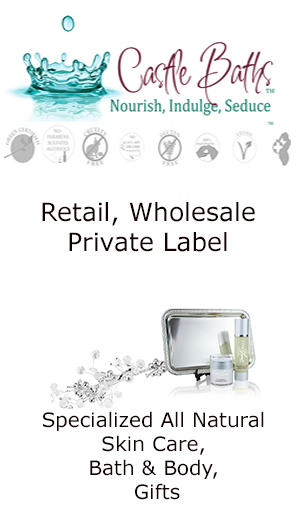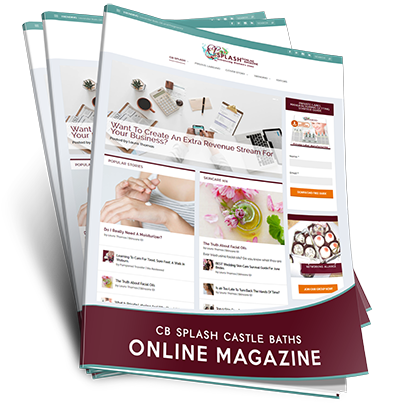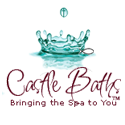They say you learn something new every day. In the massage therapy industry, this is the normal way of thinking. What is the newest information about the benefits of massage therapy? What are some new methods for administering this wonder of holistic healing that will benefit each person’s individual needs? Although the roots of the massage therapy practice go deeper and farther than you may imagine some of the benefits are being discovered, whether for the first time or more in-depth than previously known thanks to ongoing massage therapy research by the National Institutes of Health.
Recent Developments in the field of massage therapy
Most health problems in America all trace back to a similar cause that could be relieved with health behavior modification. The problem is… behavior modification starts with education and most medical professionals just don’t have the time to properly educate each patient about the changes that would be most beneficial to their specific ailments and health risks.
Sure your doctor may share with you a few quick things that will help alleviate the problems that have been caused by a lack of positive health behavior. He/she can suggest that you need more exercise and that eating less fatty foods are better for your heart and the issues that are generally associated with high blood pressure. In fact, if your doctor is genuinely in the field for the right reason (meaning they actually care about their patient’s health) then he/she most assuredly will share as much information as possible with you, albeit in the short span of the duration of your visit.
Generally speaking, you may only see your doctor when you experience symptoms that interfere with your normal life or routine. Sometimes this is even after you have tried methods on your own with little or no luck. Your doctor may tell you the same information at each visit but, if you are seeing your doctor sporadically, some of that information may not stick. In fact you may find that, although you trust your doctor, the way he/she shares this information feels more like a scolding which can create resistance within you and prevent you from accepting the benefits of their knowledge and insight.
This is where the massage therapist enters. They can share information with you regarding the ailments of your body and how to alleviate them while showing you exactly what they mean. Under the gracious care of “the magical tension and stress relieving guru of the muscles,” AKA your massage therapist, you can gain a better understanding of the reasoning behind the health-promoting changes your doctor discussed with you – that you didn’t want to listen to. Your massage therapist can easily take advantage of the fact that you are literally a captive audience, and capitalize on your time together to share insights and information in a non-threatening, supportive way. A little bit of show and tell if you will. I think we can all agree that this approach holds a lot of appeal and I’m sure you are more likely to retain the information when you can literally feel the benefits with the afterglow of your massage.
This is why one of the greatest tools at the disposal of the massage therapist is education. Continuing education not only for yourself but also for your clients is instrumental in helping you expand your reach as a massage therapist and maintain your clientele. In fact, when your clients can tie everything together after receiving first-hand knowledge and application of the wisdom, they are sure to be interested in return visits. After all, the first step of effective health behavior modification is being handed to them in a very euphoric and practical way. When you are able to see yourself as a massage therapist and as a health promoter, it opens up more opportunities to deliver outreach and prevention messages to clients which, in turn, will positively impact public health at large.
Additional studies through the National Institutes of Health by Dr. Rappaport are delving into how massage therapy benefits patients who are suffering from some of the more widely concerning ailments (such as inflammatory processes, cancer-related fatigue, anxiety, and depression). And his findings are crucial for wider acceptance of massage therapy as an adjunct treatment to traditional medical care, especially because Dr. Rappaport was initially a critic of the benefits of massage therapy. He has already completed several research studies that validate “claims” touting the benefits of massage therapy and, now, it seems that he just can’t get enough of the research aspect; especially when the results are so positive in favor of the benefits of massage therapy.
How You Can Get Involved in Massage Therapy Research?
Now that I’ve said my two cents worth on the importance of education for yourself and your client and the latest research findings, you may be wondering how you can get involved in some of this ever ongoing research in the massage therapy industry. By now you have undoubtedly noted various benefits of massage therapy thanks to the insight of your dedicated clients, and you are itching to share them with the community as a whole. Here’s what we found that will help you do just that.
- MTAM Annual Research Symposium is definitely an area you should look into. Not only do they have a journal club that evaluates relevant literature (IE research) centered on benefits of massage therapy, they also have a research committee dedicated to helping assist you in your research as well as sharing resources that will enable you to network with other like-minded professionals and share in their research. There is even the opportunity for an MTAM research award.
- Join a practice-based research network like MassageNet. They already have the ball rolling on research projects and welcome all parties interested in furthering their education through the studies they have done and encourage participation in upcoming studies. The information is free and you become part of a community geared towards educating themselves further in the beneficial aspects of massage therapy.
- Collaborate with university researchers. Find research authors who may be in your area through PubMed. Undoubtedly some of the information that you have gleaned from various clients have been observed by other professionals in other areas of the world. Maybe they already have a study in the works. This is a great chance to network and get involved.
You may have noticed I mentioned networking a few times above in your quest to get involved in the research side of the massage therapy industry. It’s an almost effortless way to network. You should take into consideration that there may be experts within these organizations that you would like to interview. You could use these interviews for multiple purposes – YouTube videos, short Facebook videos, blog posts, as well as collaboration and back-linking opportunities.
And to help keep that networking ball rolling, check out these massage therapy events you may want to attend!















